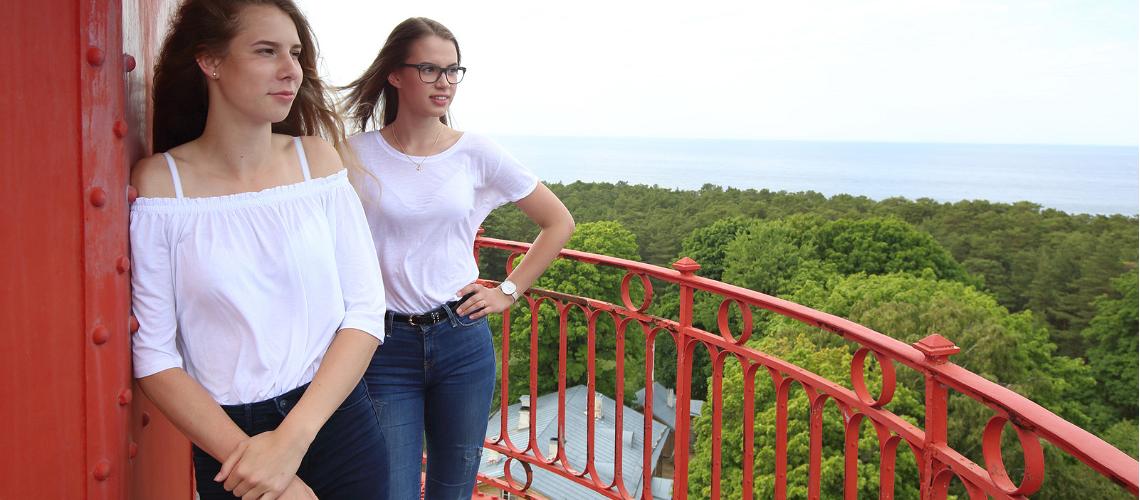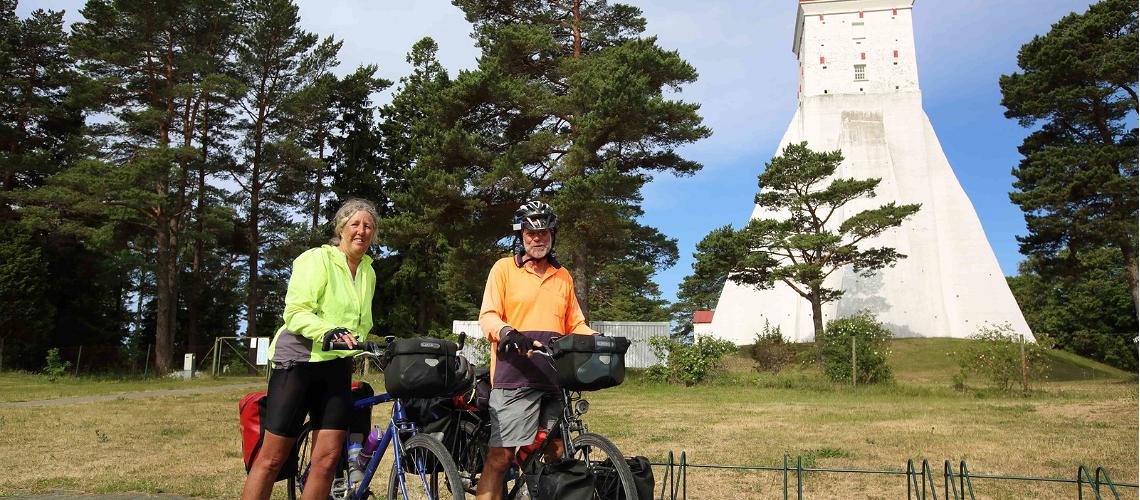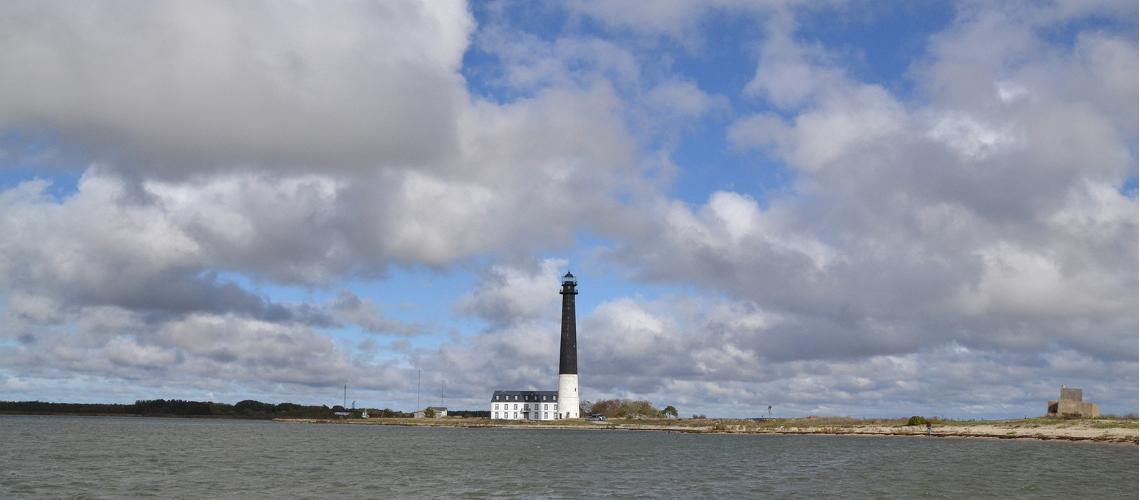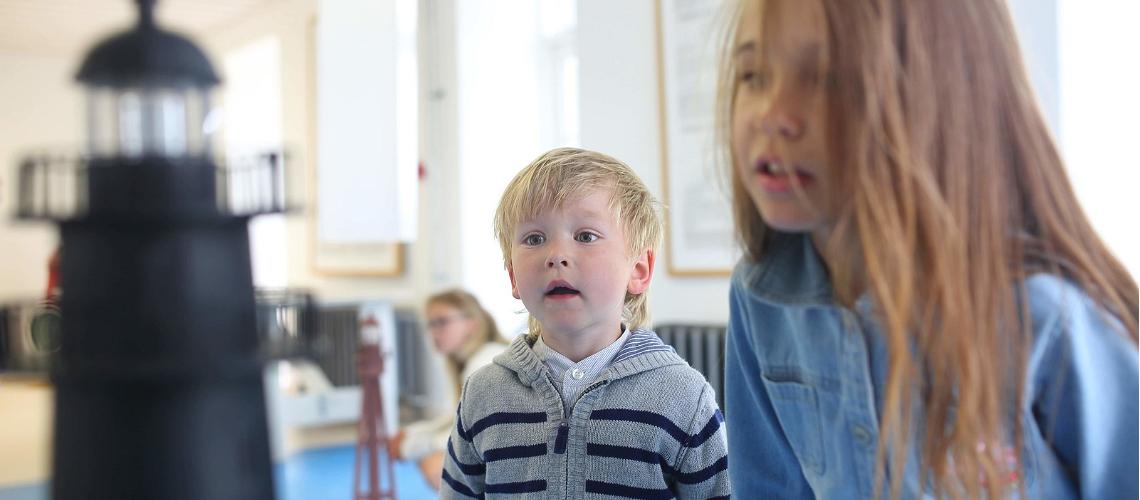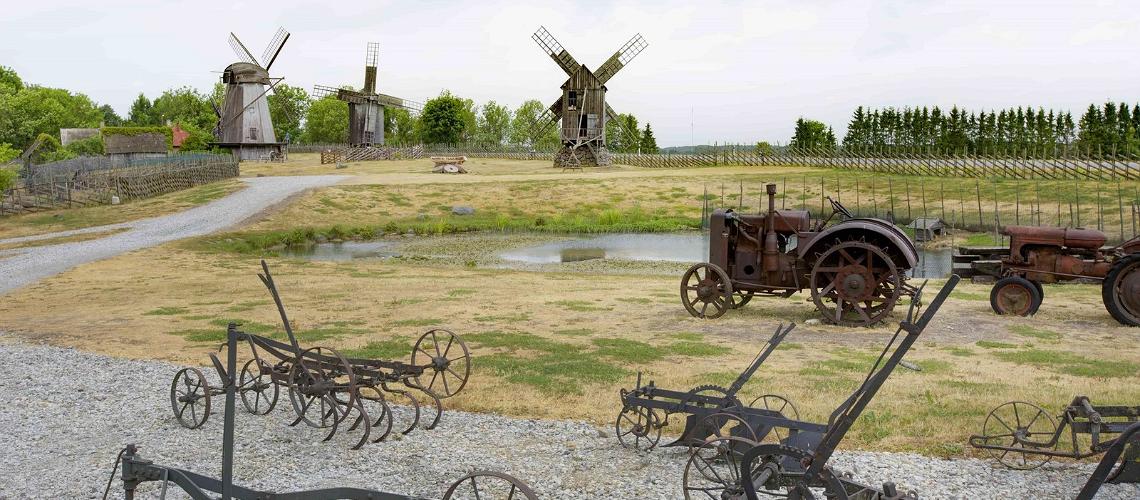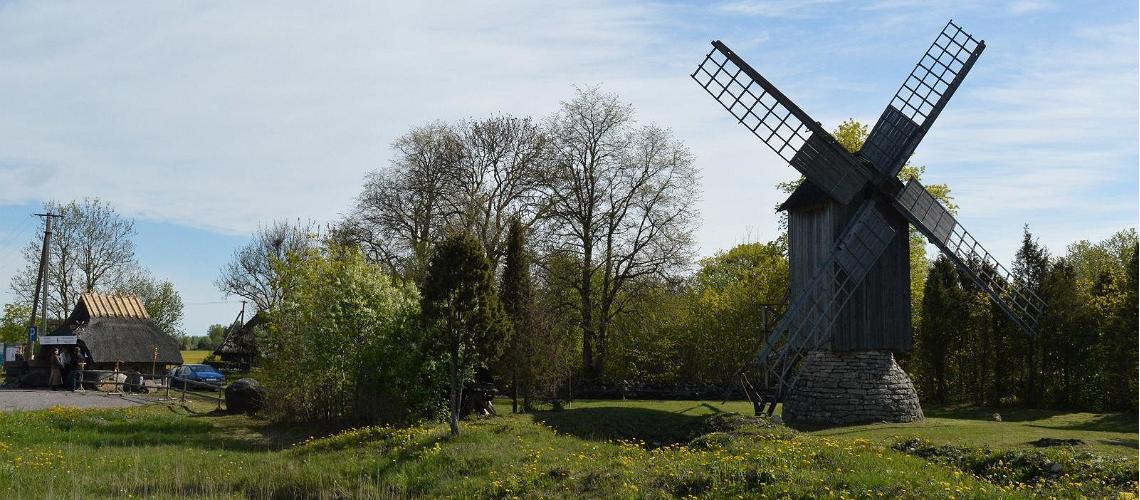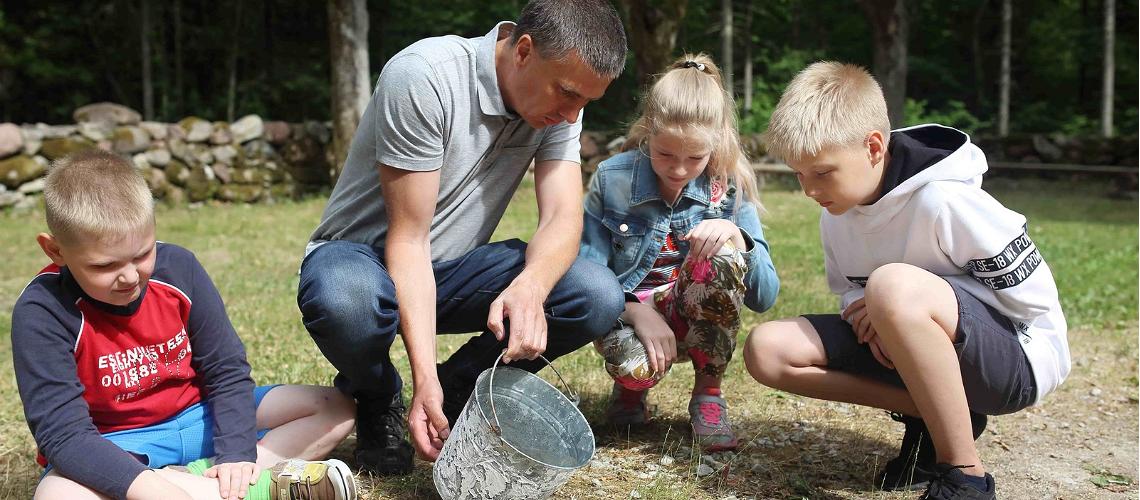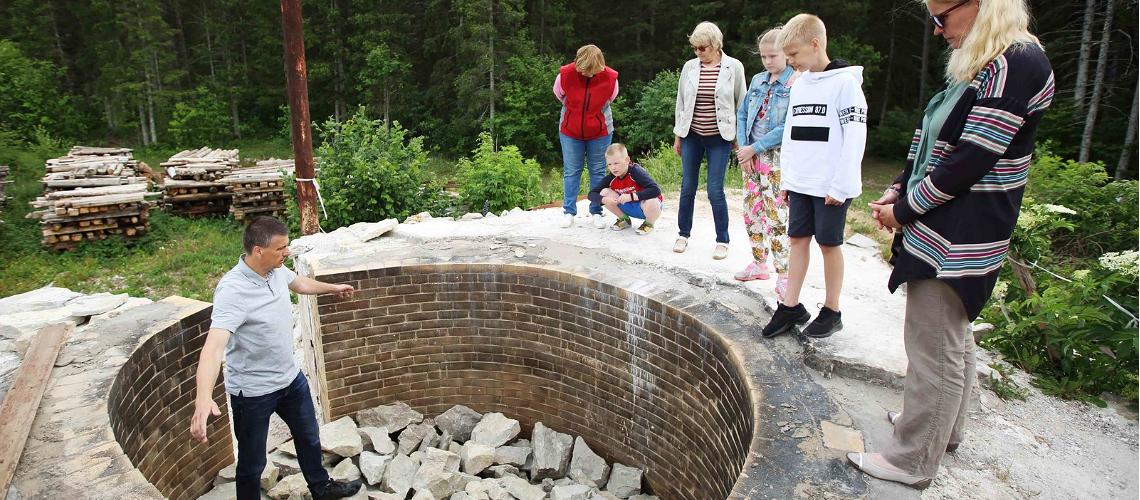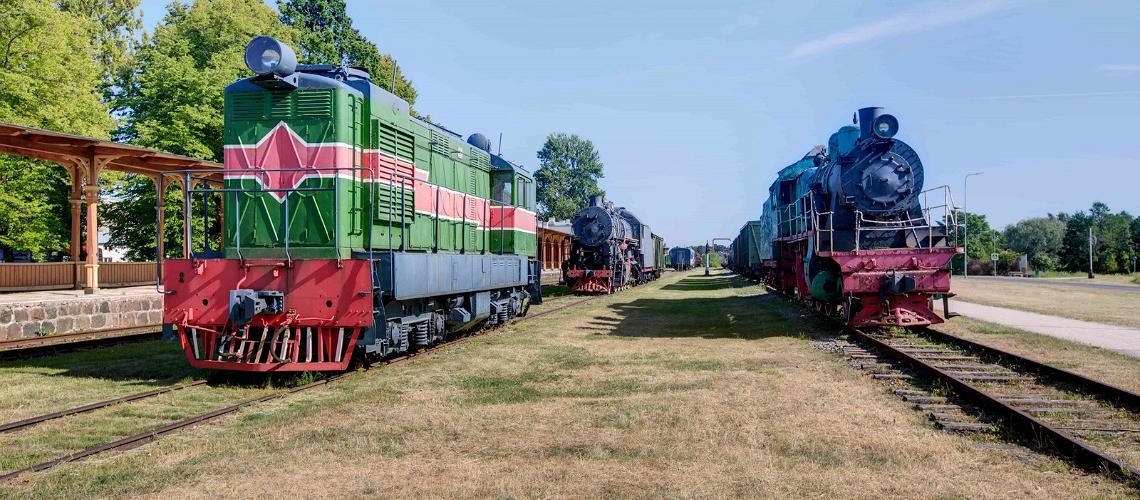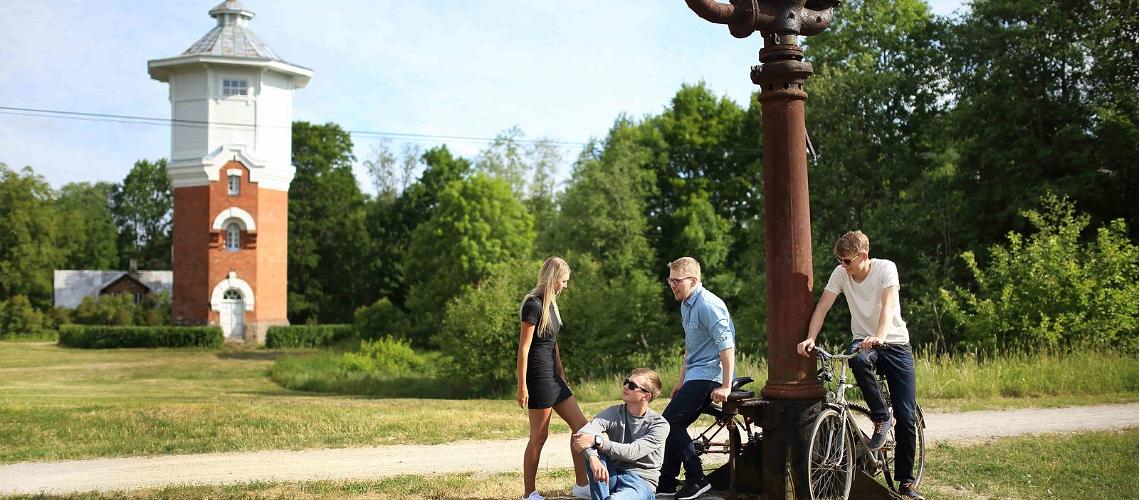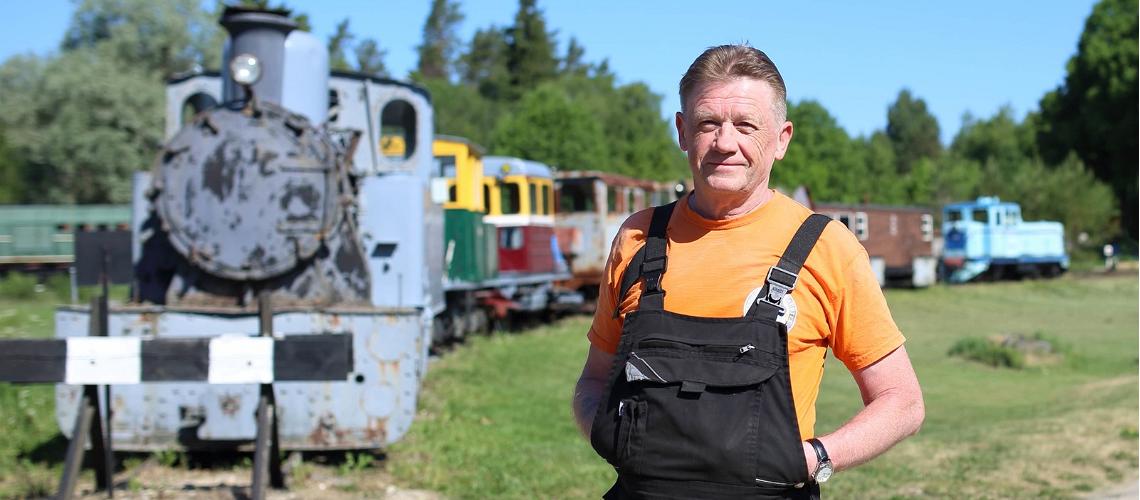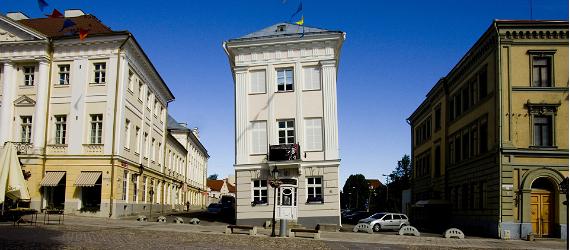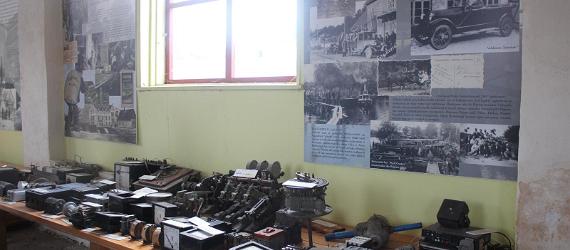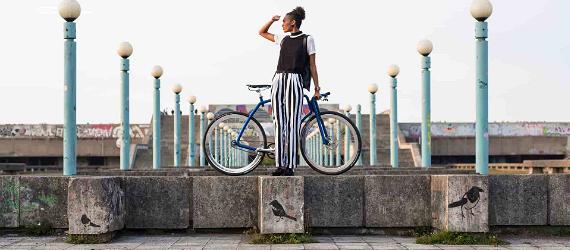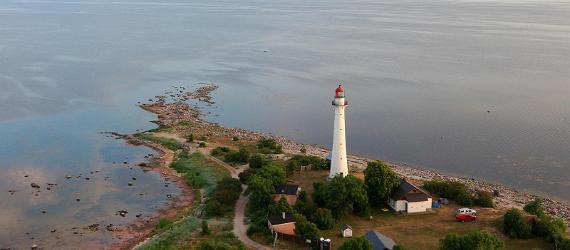Interest in lighthouses as objects of marine culture has increased, thereby resulting in the preservation of historic lighthouses and their alternative use as tourist attractions.
Kõpu Lighthouse in Hiiumaa, which has illuminated the sea since 1531, is certainly one of the three oldest continuously operating lighthouses in the world and has even been considered the oldest according to some estimates. The most important Eastern-Western trade route of Northern Europe surpassed Hiiumaa and merchants complained that their ships vanished in the Baltic Sea. Thus, Kõpu Lighthouse was constructed at the highest point of Hiiumaa, 67 metres above sea level, to warn ships against the Hiiu Shoal. Cast iron structures of Ristna and Tahkuna lighthouses were designed and manufactured at the workshop of the famous engineer Gustave Eiffel and brought here from France. However, they were switched by accident, therefore, the less-important Tahkuna Lighthouse is actually higher and more visible.
The altitude of Sõrve Lighthouse located at the tip of Sõrve Peninsula in Saaremaa is 53 metres above sea level. The building of the Visitors Centre is the former employee housing building, which also houses an exhibition on Estonian lighthouses.
All four lighthouses are open to visitors, who can climb to the top to look across magnificent forests and the sea.
When it comes to windmills, enrichers of landscape and witnesses of the hard work of our ancestors, one must certainly visit Saaremaa. Four out of the five historically accurately preserved windmills located at Angla Windmill Park are trestle windmills characteristic of the island of Saaremaa. Visitors can participate in workshops at the Angla Heritage Culture Centre, located at the windmill complex, trying their hand at pottery, making wool, felting, as well as bread-making. Those interested can learn about the structure and operational principles of a windmill, grind flour with a quern-stone and purchase souvenirs made by the miller at one of the symbols of Muhu Island – Eemu Windmill.
Lümanda area in Saaremaa has historically become known as an area of mining and burning limestone. Ruins of over 16 lime kilns have been discovered on approximately 10–15 hectares, lime production at the site is still ongoing and carried out on the basis of similar technology that was used 90–100 years ago, although with moderate modernisations, of course. The hiking trail, introducing the tradition of lime production, and the central building make up the unique Lümanda Lime Park, where visitors can see how lime and tar are burned, participate in seminars, workshops and guided tours, walk on the experience trail and have a picnic.
The significance of the railway, constructed between 1903–1905 for serving the Haapsalu resort town, cannot be overestimated. The former terminal station Haapsalu introduces the history of Estonian railway with the help of retired trains, its mysterious and grand station building, a platform with an unusually long roof and an imperial pavilion. The Railway and Communications Museum located in the old railway building enables visitors to explore the development of communication tools and learn about the history of the telegraph and crank telephone as well as mobile telephones and computers. Risti water tower, which is located by the Keila-Haapsalu railway line and originates from the Tsar era, continued to fulfil its original function – provision of water to steam locomotives – until the 1970s. The water was pumped through a pumping station equipped with a steam-powered water pump to the tank, which was located at the height of nearly 15 m, whereas the ground floor was equipped with a water heater, i.e. boiler, which was used to prevent the water from freezing in the tank.
The Estonian Museum Railway in Lavassaare in Pärnu county offers steam and diesel train rides during summertime. The outdoors exhibition of the museum, which was opened in the 1980s, includes 80 items of rolling stock, incl. 5 steam locomotives, over 700 different historic photos, items and documents, which provide an overview of the history of Estonian narrow-gauge railways.
One of the symbolic buildings of Pärnu, the briquetting plant completed in 1938, i.e. the Estonian Peat Museum, preserves and demonstrates the history of peat as a natural resource as well as its treatment methods for the present and the future. There is also a railway near the museum, leading to the bog, where guests can ride the former peat train.















